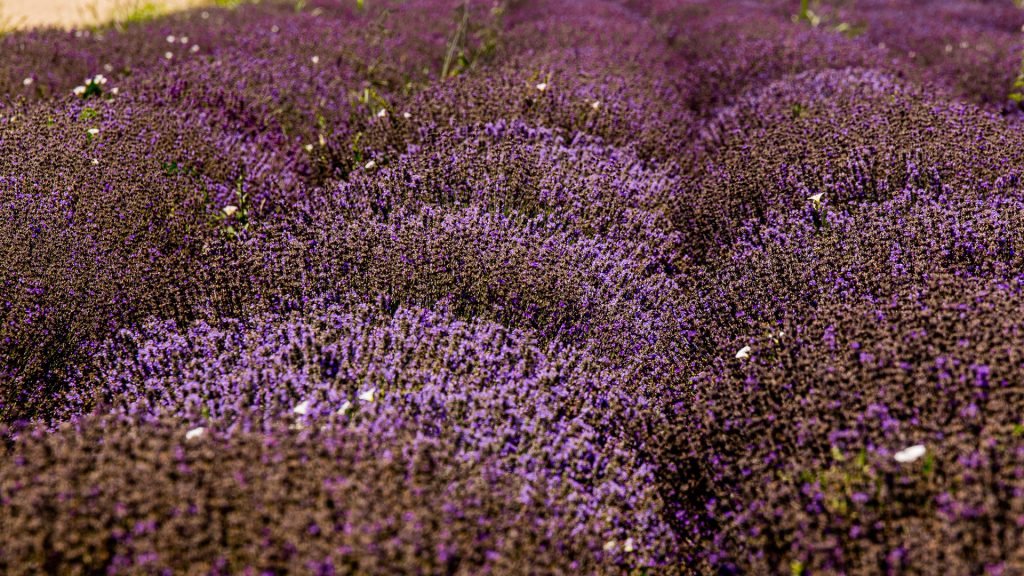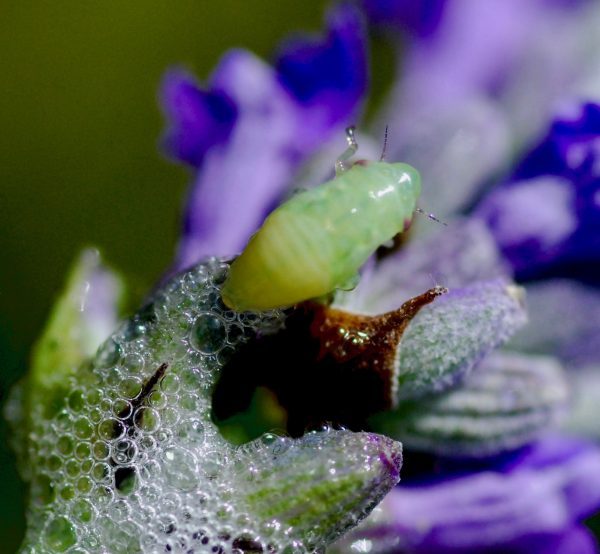Pest Control

Pest Control
Hello lavender fans.
In the second of our lavender care series, we will be telling you about the two creepy crawlies that we have on our field, that you should be looking out for. They have a real taste for lavender, so here are some tips for what to do if you spot them.


Frog Hoppers (Spittlebug Nymphs)
Period: July – September
These are sweet looking chaps and don’t necessarily do too much damage to the lavender plants, but they are a pest that do feed on the stems of lavender.
The above picture is actually what’s known as a Spittlebug Nymph, the younger version of a frog hopper and like to live on lavender as well as rosemary bushes. They create cuckoo spit to live in, that keeps them protected from predators, insulated from cold snaps and allows them moisture control, so that they do not dry out.
During this stage in the bug’s progression, they pierce the stem and consume the sap, which undermines the structural integrity of the flower, causing them to warp. This causes some damage, but does not necessarily kill the lavender off. The visible effects is that the stem becomes warped, sort of sickle shaped.
At Hitchin Lavender, we don’t take any precautions to prevent them from living on our lavender, because they don’t do irrevocable damage and because of the sheer quantity of bugs we get during their peak season. In your gardens, you can deal with them by hosing the cuckoo spit off your lavender plants. Though this won’t kill the nymph immediately, destroying the spittle it lives in will mean that eventually it will dry out.
Rosemary Beetles
Period: May – October
Again, these little beasties are nice to look at, with the oil slick striped patterning, but these can be much more of a menace to your lavender bush than the frog hopper. They are about the same size as a ladybird and like to live in various aromatic plants, such as rosemary, thyme as well as lavender. Where they differ from the froghopper, is that they eat all of the foliage, rather than just the sap, which, if left unattended can kill off the plant.
Again, because of the large quantity of lavender that we have here, it is pretty difficult to police our fields, and we don’t use any insecticides. The best way to get rid of them in your gardens is to pick them off one by one and dispose of them that way.
If you come down to our farm and see any of these beetles, we would very much appreciate if you could give them a squish for us! (You don’t have to obviously!)


